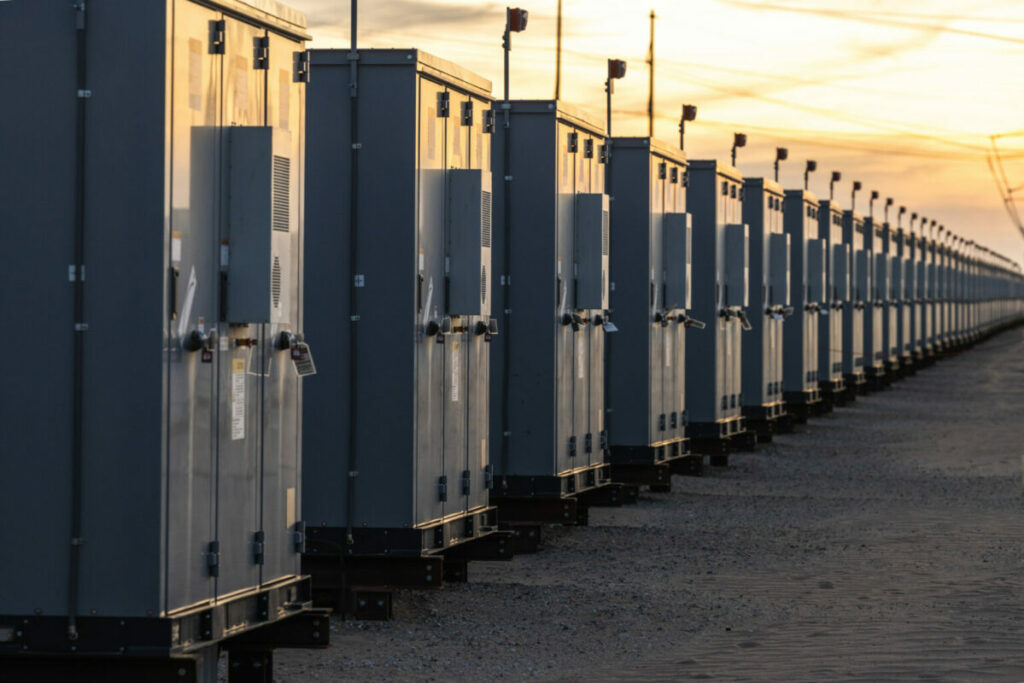
John Leonti, head of the energy transactional practice at law firm Troutman Pepper, reflects on the year since the Inflation Reduction Act (IRA) passed, and considers what we might see going forward, in a Q&A.
This is an extract of a feature article that originally appeared in Vol.36 of PV Tech Power, Solar Media’s quarterly journal covering the solar and storage industries (Premium access). It is one of two pieces from law experts on the IRA published in the journal, and an extract of the other was published yesterday.
Enjoy 12 months of exclusive analysis
- Regular insight and analysis of the industry’s biggest developments
- In-depth interviews with the industry’s leading figures
- Annual digital subscription to the PV Tech Power journal
- Discounts on Solar Media’s portfolio of events, in-person and virtual
Energy-Storage.news: What has the impact been of the IRA in the year since its passing?
John Leonti: The first thing that we noticed was the influx of new entrants into the market. Most folks outside the US, a lot of European, whether private equity, infrastructure, or utilities, conglomerates really moved into the US pretty quickly after the passage of the IRA.
For batteries, you went from a market with no investment tax credit (ITC) available for standalone storage. It had to be co-located with solar. Then you went to a market now where standalone batteries are eligible for the ITC. So the excitement level went through the roof.
I think we all saw that California raced into a leading position in the US grid-scale battery energy storage system (BESS) market with long-term contracts for resource adequacy (RA), but Texas is set to overtake, probably during 2023, based on merchant opportunities with few, if any, long-term contracts. Are the deals and transactions that come across your desk shifting more towards merchant revenue based projects, or are people still kind of looking where possible to limit their exposure to risk with long-term contracting where they can?
In ERCOT, we’re seeing a mix where battery sponsors and energy storage sponsors are really trying to balance running their projects on a merchant basis with what will optimise their financing opportunities.
The other thing in ERCOT is, there’s not a vast ability to contract your storage project. There’s limited offtake opportunities right now that seem to be economically viable for battery sponsors. That’s one area where I think the market needs to find a solution; if folks want to move to more of an offtake structure in ERCOT, what are those battery offtake contracts going to look like?
In a recent report Troutman Pepper published, the firm offered up five trends for US energy storage investment post-IRA to watch out for. One of those was that despite the standalone storage ITC’s introduction, solar-plus-storage will remain a popular asset class for development. Can you elaborate on that view?
I think co-location of batteries, in particular with solar, is something that we will continue to see, particularly here out west. It seems to make sense. There’s an offtake market for the battery, there’s an offtake market for the solar, so we will continue to see solar-plus-energy storage projects being built.
Generally speaking, folks are really interested in trying to see how they firm up renewables and obviously energy storage can help with that.
Now that batteries have their own standalone ITC, you don’t have to worry about that connection. Now the co-location just has to do with optimising the grid, plus your solar facility. I would take that one step further: now with the IRA and Federal Energy Regulatory Commission (FERC) efforts to reform grid interconnection, broader than just co-locating with solar, you can think about co-locating with wind, with existing gas generation.
Another post-IRA investment trend Troutman Pepper identified is that the firm expects large institutional investors to back grid-scale BESS projects, with the inclusion of tax credit transferability having broadened the pool of companies that can benefit from tax credits. Attracting institutional investors has always been an aim of maturing clean energy markets. How do you see that playing out?
Over the last several years, we’ve had a few large corporates, mostly on the tech side, come into the market to do traditional tax equity. Although the IRA passed just over a year ago, the proposed regulations for transferability rules just came out early this summer, and the amount of folks who are non-banks and not large corporates, but are in the market to buy tax credits — we’re just constantly seeing new entrants, companies that have US tax capacity as a US tax liability, looking to buy tax credits. It will be, and it is a massive sea change in the market.
You are going to see more availability of ways to monetise the tax credits. Whether it is a better economic deal than doing traditional tax equity, I think remains to be seen, because you are just transferring the tax credit and you’re not transferring the depreciation. So there is some potential economic hit if the depreciation is stranded, and there’s some other [potential] economics that are being left on the table. But the transferability market is a fantastic strategy to allow for projects to be built. It’s great for the industry, and it allows for another tool that can be utilised by sponsors to get their projects built and help accelerate the energy transition.

